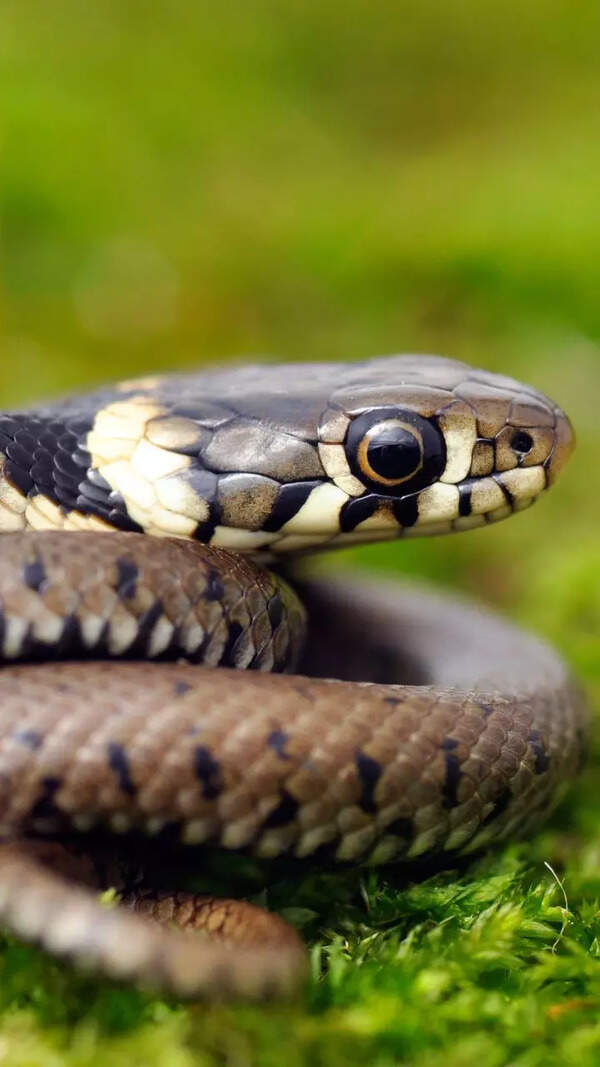5 smallest animals ever discovered in the world

5 smallest animals ever discovered in the world
When we think of animals, we often imagine elephants, lions, or whales, the giants of the natural world. But Earth is also home to some tiny creatures that are easy to miss yet just adorable . These mini sized creatures survive in rainforest floors, coral reefs by staying small.
Despite their size, many of them have adapted to the surroundings in incredible ways to survive, hunt, and reproduce. Some are so small they can sit comfortably on the tip of a pencil or hide within a dewdrop. Their miniature size gives them an advantage of being less visible to predators and better suited for survival in their habitats.
What makes these animals so special isn’t just their size, but how they’ve evolved to fit into their ecosystems. Many of them were only discovered in recent years by advanced technology that helped scientists to observe them in more detail. Here are five of the smallest animals on Earth.

Amau frog
Discovered in Papua New Guinea in 2009, this tiny frog holds the title of the world’s smallest known vertebrate. Measuring just 7.7 millimeters, it’s smaller than a fingernail and can fit on the edge of a coin. Despite its mini size, this frog can jump amazingly far for its body and communicates using high-pitched chirps. It spends its life in the leaf litter of rainforests, where its tiny body helps it hide from predators and stay moist in the humid environment.

White-toothed pygmy shrew
Weighing only 1.8 grams, the Etruscan shrew or white-toothed pygmy shrew is the world’s smallest mammal by weight. Found in Europe, North Africa, and parts of Asia, this tiny creature has a very fast metabolism and heart rate, beating up to 1,500 times per minute. It feeds mainly on insects and must eat constantly to survive. Despite its size, the Etruscan shrew is a fierce hunter, relying on its keen sense of smell and touch to detect prey in the dark.

Speckled Padloper Tortoise
Native to South Africa, the speckled padloper tortoise is the smallest species of tortoise in the world. Adult males average just 6 to 8 centimeters in length. These tortoises live in rocky habitats and are well-camouflaged with their speckled shells, which protect them from predators. They are extremely shy and rarely seen in the wild. Unlike their larger cousins, padlopers are flexible climbers and move across tough terrain with surprising ease for such tiny reptiles.

Tiny Chamaleon of Madagascar
Also known as Brookesia micra, it is one of the world’s smallest reptiles and was discovered on a small islet off Madagascar in 2012. Adult individuals measure around 2.9 centimeters, about the size of a matchstick. During the day, they look for food in the forest floor, and at night they climb up low twigs to sleep. Their tiny size makes them extremely difficult to spot in the wild, which is why they remained undiscovered for so long. They rely on camouflage to avoid predators.

Hay's spring amphipod
Also known as Stygobromus hayi, this tiny crustacean is found only in one small spring in Washington, D.C. It measures a mere 1.5 millimeters in length. Living entirely underground in groundwater, it’s blind and pale, relying on touch and chemical cues to find and feed. This creature is so rare and vulnerable that it's considered critically endangered. Despite its size and secluded habitat, it plays an important role in its freshwater ecosystem.








